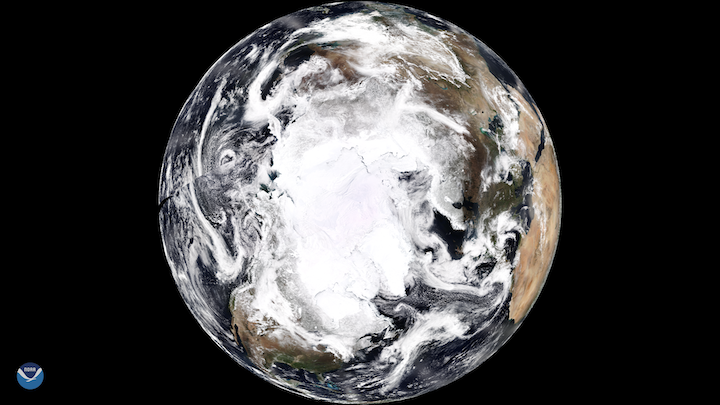Latest News

NOAA photo of Earth from space.
PlanetiQ is beginning to deliver radio occlusion data to National Oceanic and Atmospheric Administration (NOAA) under a previously awarded contract. PlanetiQ announced this week it will begin daily delivery of its signal to noise ratio (SNR) GNSS-radio occultation data from its constellation of satellites.
NOAA awarded PlanetiQ and Spire Global indefinite delivery/indefinite quantity (IDIQ) contracts in March as part of its Commercial Data Program (CDP). The contract has a maximum value of $60 million shared between the two vendors in a five-year period. NOAA will use the data for its operational data systems, including weather and space weather analysis and prediction systems, and weather, climate, and atmospheric research purposes.
PlanetiQ claims it has the only system that can profile the thermodynamic state of the atmosphere with very high vertical resolution, precision, and accuracy, in all weather conditions. The company has two satellites, GNOMES-2 and -3 on orbit collecting radio occlusion measurements. The company plans to launch more spacecraft in the next 18 months to expand global coverage and resolution to further support NOAA and international partners for weather forecasting and climate research.
“By incorporating PlanetiQ’s commercial high quality GNSS-RO data, coupled with our deep understanding of RO technology, NOAA will have the information to significantly improve short and medium-range weather forecasts, and provide essential insights to enhance climate change research for the government, military and the private sector,” said PlanetiQ CEO Ira Scharf.
Stay connected and get ahead with the leading source of industry intel!
Subscribe Now